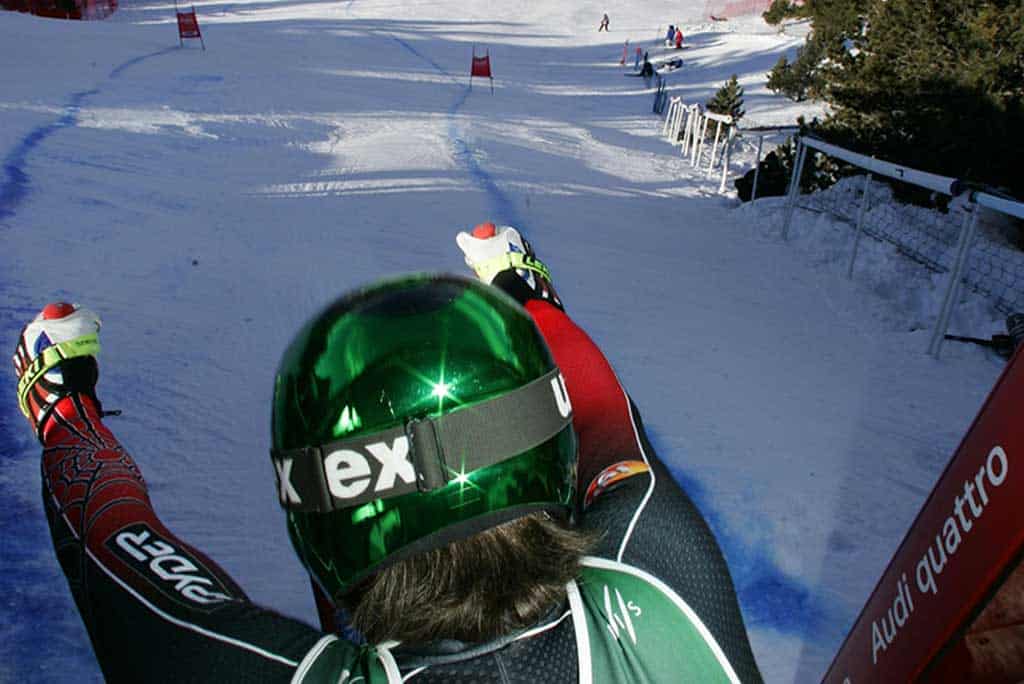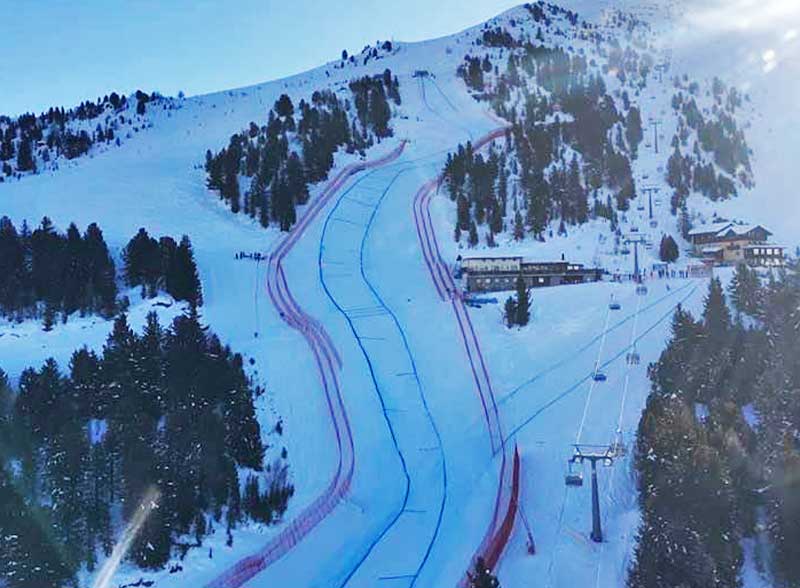The FIS Ski World Cup will be back to Bormio on the Stelvio slope in 2021, too. The competitions are part of the approach and growth path of our alpine destination towards the 2026 Winter Olympics, when the Stelvio will be the official venue for all the Alpine Skiing Men races.
We can’t wait to see the jet men dart on the Stelvio again.


